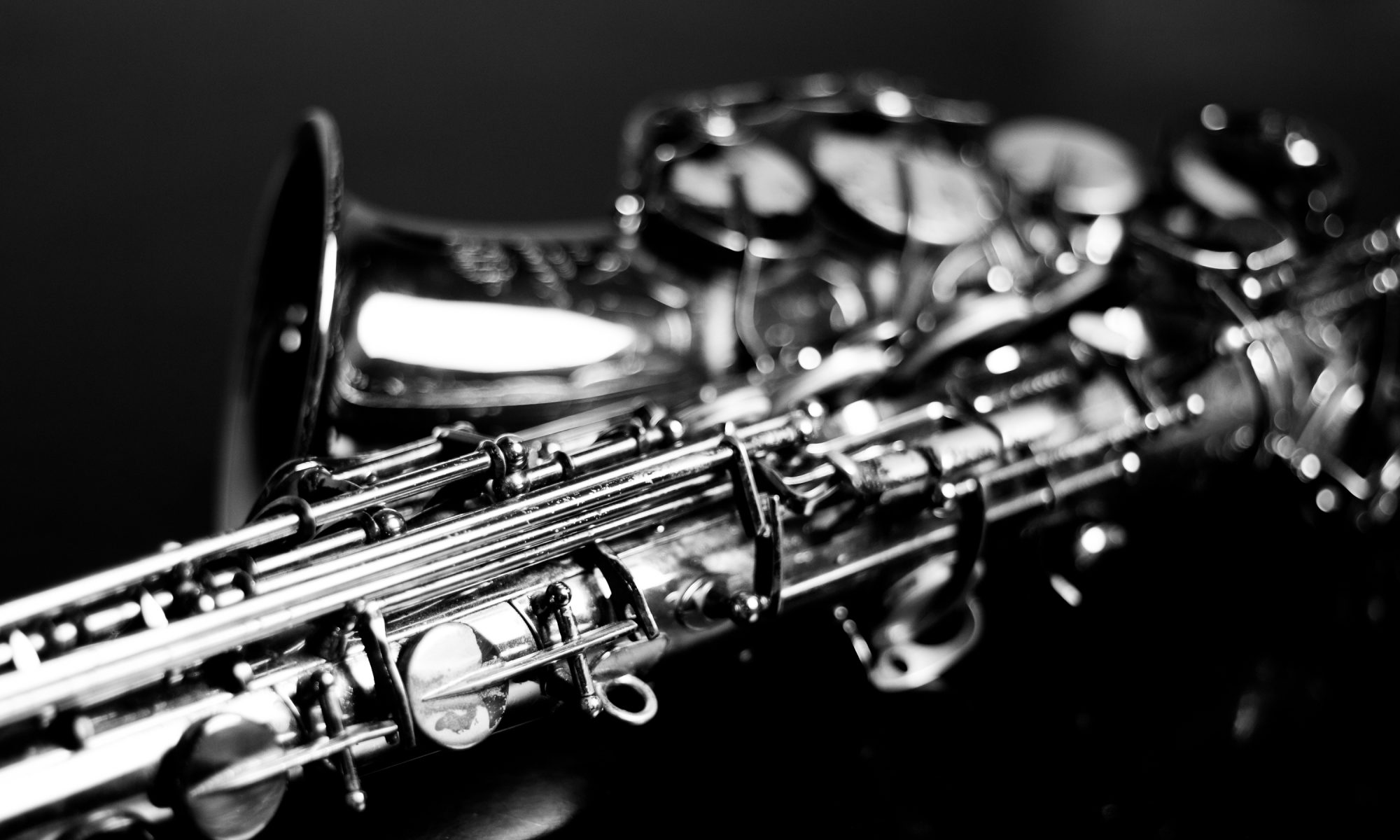Ever since I first started doubling on woodwind instruments other than the saxophone, my goal has been clear: I want to be a saxophonist, and a clarinetist, and a flautist. I don’t want anyone to immediately be able to tell which instrument was my first.
It’s become more and more obvious that, even if I had nothing to do all day but practice (how sweet it would be!), there are simply not enough hours in a day to do each instrument justice. There needs to be a carefully choreographed rotation that allows a multi-instrumentalist to gain skill on his or her individual instruments while simultaneously maintaining all the others.
I wish I could say that I’ve found the perfect routine to offer you, but the truth is that woodwind doubling is a complicated problem and it will take more time to experiment. That being said, I have put some thought into how such a routine might work.
Time Commitment
How much time can you devote to practicing? Despite having quite a busy schedule myself, I optimistically gave myself 4 hours per day. Don’t worry if you have more or less time–as you’ll see later, how you divide your time and practicing daily are more important.
Instruments
How many instruments are you currently working on? If I include all voices of my woodwind doubles (soprano sax, alto sax, etc.), I’ve got a total of 8 that I own and can consistently practice. Occasionally I’ll borrow or rent an instrument for a show and that one becomes my highest priority.
Balancing Time
How will you allocate time to each instrument? Splitting my 4 hours evenly, that would give me 30 minutes on each instrument, which hardly leaves enough time to even set up each instrument, let alone make any progress on them. I decided to treat one instrument as the Primary Instrument and two others as Secondary Instruments. I practice the Primary Instrument for 2 hours every day for at least one month. Then I play the Secondary Instruments for 1 hour per day each, rotating them out every four days (the third day of Secondary A is the first day of Secondary B, and vice versa).
Balancing Material
What will you spend your time practicing on each instrument? I found that as I rotate through instruments, I have a tendency to always start with major scales, and worse, to start on each instrument’s C Major! Not only is that method incredibly boring, but also leaves many other skills rusty. To counteract this, I wrote up a “menu” of technical exercises and other skills, and numbered them. Then I can start each instrument in a different place on the menu and just go down the list on each rotation.
Growing Skills
How will you go beyond maintaining your skills and grow new ones? It’s easy as someone who has played saxophone for two decades to get complacent and think that I no longer need help improving my musical skills. Some of the world’s best musicians, however, continue to take lessons to challenge themselves for their entire professional lives. With this in mind, I would do all of the technical practice from the previous section on the Primary Instrument, while also working with a private instructor to come up with challenging and exciting goals.
And that’s as far as I’ve gotten. This is very much a work in progress, and if you have any ideas or have had any success using this woodwind doubling routine or other methods, I would love to hear about them!
For now, I’ll sum it up. Practice three instruments for a total of 4 hours per day. Spend twice as much time on the Primary Instrument as the others, and practice every day for one month with private instruction. Play each of the Secondary Instruments for 1 hour, maintaining fundamental skills and rotating every 4 days. Review skills evenly by going through a list of goals, and gain skills on the Primary Instrument by setting a larger, more ambitious goal.
Please let me know what you think by commenting below or reaching out on social media!
Happy practicing!

